Eloise Perkins lives with her family on Jersey, a tiny island in the stretch of water between the United Kingdom and France.
As my child turns ten and rapidly heads towards the end of their primary school journey, my husband and I have begun to think about what the next ten years of their life will look like. We wonder and worry in equal measure about what lies ahead and what we can do to help ease them through this crucial period in their childhood.
Increasingly the compass we used to navigate our own adolescences seems no longer fit for purpose or, at the very least, in need of significant upgrade. I was a teenager of the 1990s, pre-smart phones and pre-social media. I was handed my first chunky Nokia 6210 as my parents dropped me off at university. I joined Facebook in 2006 at the age of 25, with my teenage and university years well behind me. Smartphones came into my life as I was on maternity leave with my first child and drowning in nappies. I dealt with the minor irritations of “friends” posting awful photos of me in my mid-twenties but that was at a point when I was fairly established and secure in my life. The only records of my formative years are a few faded photos in an album on the bookshelf and nostalgic re-tales of our embarrassing escapades at reunions with old friends. Now, as parents, we are very keen to give our own children the breathing space we had when growing up, but we worry that the strong social pressure and expectation in our island community that a smartphone is automatically given to them by the time secondary school starts puts that in jeopardy.
I know the effect social media and my own smartphone has had on my life since my mid 20s. It has not all been positive. I constantly battle with regulating my daily use of it, its distracting, time-wasting powers and the negative effect comparison with others’ 5-star life experiences has on my mood. I now appreciate that I rarely come off Facebook feeling better than when I went on! I can only imagine how it might have impacted me had I grown up on Instagram and Tik-Tok during my teenage years. I have no first-hand knowledge of how it will impact my child if he is given unfettered access to a smartphone when he turns 11 – he is our eldest and these are uncharted waters. They are also waters which we will steer though largely unaided by our own parents. They simply cannot offer their own experiences as guides in the same way that they could show us how to change the nappies.
Parents at our stage are left to rely on their gut instincts of what is best for their children. That includes what we have each witnessed of how teenagers interact with one another nowadays and the experience of friends with slightly older children who are already in the thick of it. The picture of a group of mutely scrolling heads-down teenage girls sitting in a dance school waiting room sticks in my mind. A father of a thirteen-year-old recently telling me about how she was already on her third set of friends at her new secondary school after a series of vile fallouts on social media really shocked me. The comment by a local secondary school headmaster that every single one of the problems his school must deal with is exacerbated by mobile phones has stayed with me. These, and countless other anecdotes from members of our community, are currently telling my gut that the risks of harm when handing over a smartphone to my child at the age of 11 are high and numerous. And yet, the majority of my child’s contemporaries in Year 6 either already have or will have a smartphone by the time they join secondary school.
The parents of Gen Z teenagers in the 2010s were largely left to negotiate the challenges of their teenagers’ (and their own) relationship with the relatively new technology of a smartphone completely unaided. By contrast, the generation of parents of the next wave of teenagers growing up in the 2020s do not have to operate solely on gut instinct. Fifteen years after the arrival of the Smartphone, there is an increasing body of compelling research and statistics which is starting to pin down the impact of the social experiment of social media and smartphone technology on humans and, more specifically, teenagers. Medical evidence now supports the conclusion that premature and unfettered access to smartphone technology is strongly linked to the current mental health crisis in our children.
Across the pond, the U.S Surgeon General issued an Advisory in December 2021 highlighting the national surveys which have shown alarming increases in the prevalence of certain mental health challenges – in 2019, one in three high school students and half of female students reported persistent feelings of sadness or hopelessness, an overall increase of 40% from 2009. Whilst it is acknowledged that many factors shape mental health, the Advisory places significant emphasis on the influence of technology platforms and their adverse effects: “when not deployed responsibly and safely, these tools can pit us against each other, reinforce negative behaviours like bullying and exclusion, and undermine the safe and supportive environments young people need and deserve.”
The Center for Humane Technology, led by Tristram Harris, was featured in the documentary The Social Dilemma. The Center has created a stark ledger of harms to youth which includes addiction, academic distraction, physical alteration to their brains, impairment of sleep, destruction to relationships, increased risk of anxiety and depression, risk of cyberbullying and exposure to sexual content. Its podcast Your Undivided Attention is a great source of information and discussion in this area. The publications and broadcasts of American social psychologist Jonathan Haidt have also raised awareness of the harms to teenage mental health posed by excessive social media use, particularly in young teenage girls. Books covering the topic such as Be the Parent, Please by Naomi Shaefer Riley have started to become more mainstream and more widely read. The youth mental health crisis in the United States is mirrored closer to home in the UK. The tireless work of Baroness Beeban Kidron and the 5 Rights Campaign in getting the UK’s Age-Appropriate Design Code into play and continuing to push for the Online Safety Bill to be passed is tackling the problem at governmental level.
Jersey faces the same problems. The statistics which show how our local teenagers are faring make for concerning reading. The Jersey People and Young Person’s survey 2021 (published in March 2022) shows that nearly a quarter (23.5%) of pupils in years 4 and 6 spend 5 or more hours a day on screens (TV, computer games, games console use and social media). Social network exposure has doubled for year 6 children since 2019’s survey results. One in eight children used social media every day in 2019 but now it is one in four.
The percentage of children in that “5 hours or more” bracket for screen time steadily increases as you move through secondary school and it stands at 42% for the island’s year 12 students. In addition, a quarter of our year 10 and 12 students had less than 5 hours sleep the night before the survey. Statistics Jersey also states elsewhere in its report that “nearly half (46%) of pupils with low self-esteem had spent more than 5 hours in screen-based activity.”
The most powerful first step we can take as parents is to increase the conversation, level of understanding and awareness around screentime. Including our children in that conversation at an early juncture is crucial. A comprehensive and broad digital literacy education offering for all children throughout their childhood will give our community the best chance of limiting the harm which this technology has the potential to cause. That education needs to help children understand not just the mechanics of staying safe online but also what a responsible digital citizen looks like. As John F Kennedy said over 60 years ago, “Technology has no conscience of its own. Whether it will become a force for good or ill depends on man.” We can equip ourselves and our children with an understanding of the impact this technology has upon us. We have the tools to protect ourselves and the next generation from its potential harm. As Tristram Hunt of the Center for Humane Technology puts it “this technology has put a spell on us and it’s not real and it’s time we snapped out of it and said this normal doesn’t have to be normal.” I believe that we, as parents, have the capability to teach ourselves and our children how this new technology can be harnessed to help us rather than harm us.

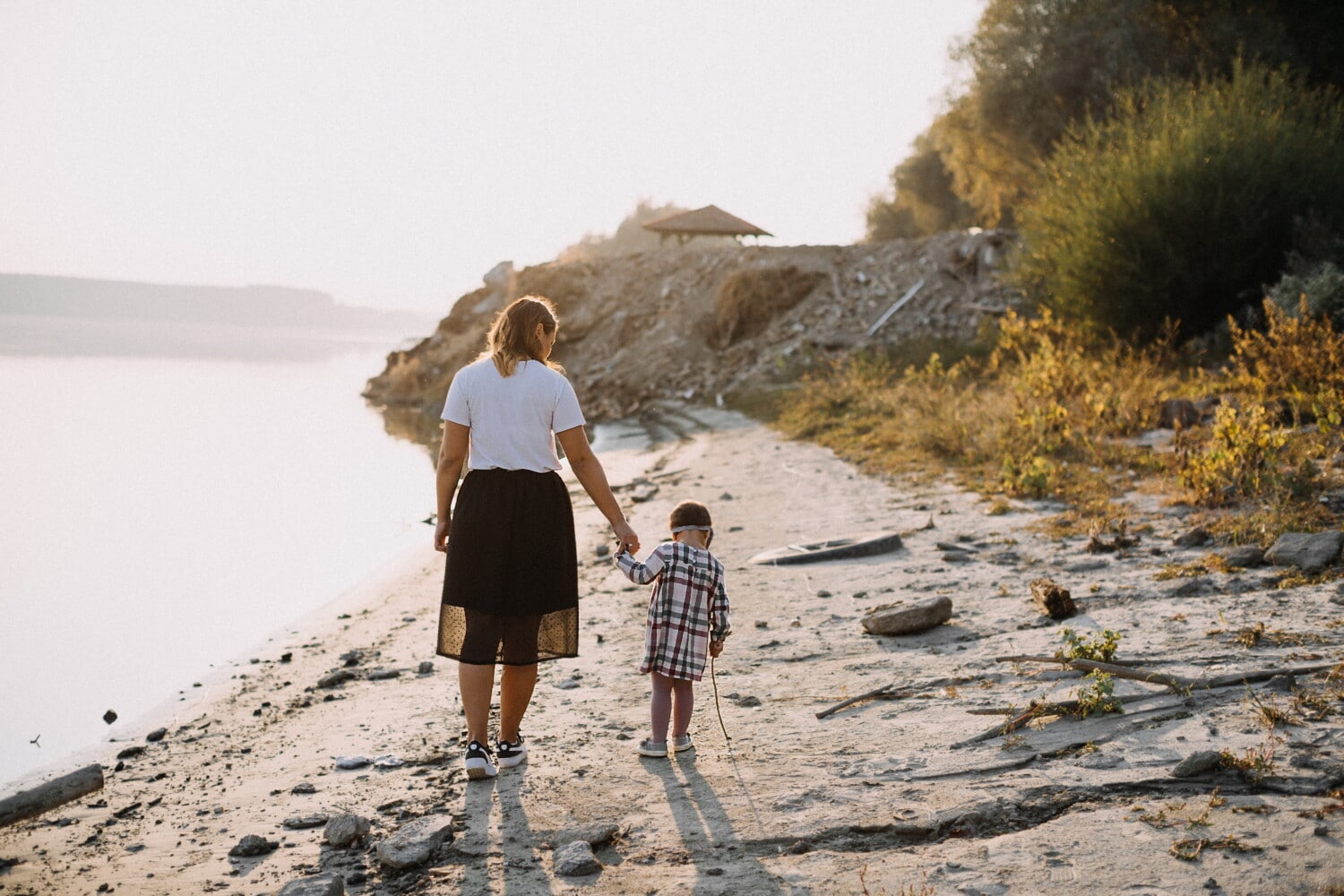
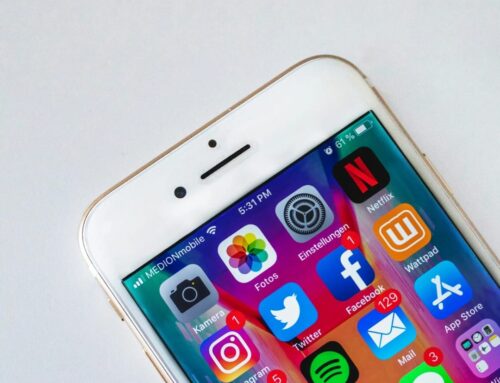

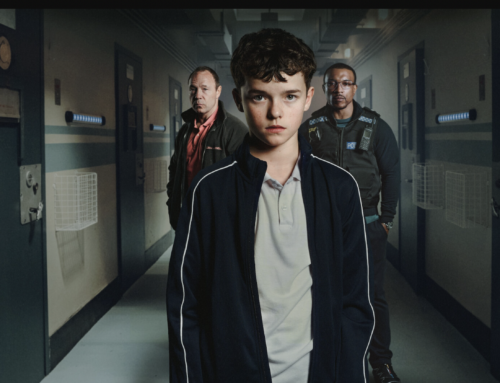
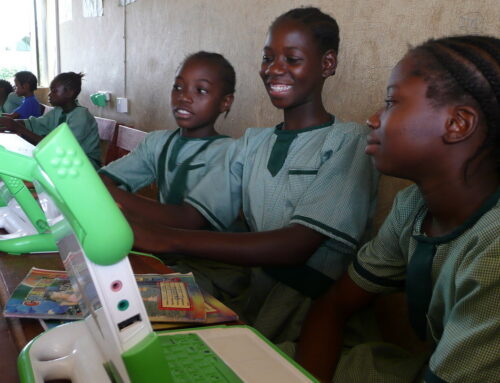
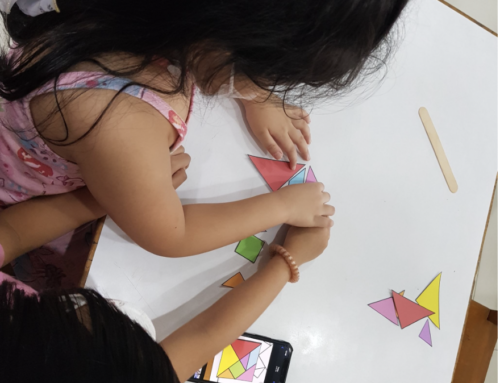
Leave A Comment